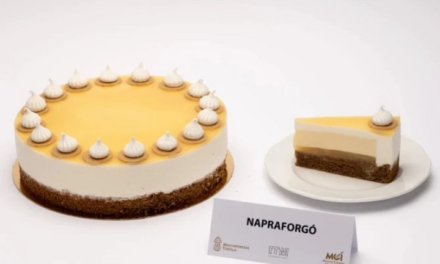They allegedly bewitched oxen, saddled people, physically and mentally corrupted the inhabitants
Many folk beliefs feature magical figures, including witches. There were also several witch trials in Hungary, one of the most famous took place in Miskolc. Bors wrote .
Two young people from Miskolc, poet Soma Kazsimér and photographer-artist Márton K. Takács, recently placed a memorial plaque in Miskolc with the names of four executed women and the year as part of an art campaign. They also made a video of the event, a kind of road movie of the road leading there, then the placement of the sign, which was finally pasted on the back wall of the Coop store on Búza tér.
This place played an important role in our lives, in our everyday life, in our youth, because it is currently Volán railway station, where we often said goodbye to our friends living in the surrounding settlements on the last night bus after the evening parties, or we ourselves left to visit them from here. This duality, this dissonance caught us, and it was certain already eight years ago that we would also like to mark this aspect of the space in some way in the area. To erect a memorial to those who were covered out, but are just as much part of the history of the space
the artists told Qubit.
The two young people had already dealt with the fictitious side of history: the strange figures of legends, myths, and fairy tales. Ghosts, horrors, and werewolves have also happened to them, but the story of these four women is true and even the details are somewhat known:
"The trial of Kata Tamásné Virág Lengyel, Anna Györgyné Tót Gombos, Sára Györgyné Kasza Szász and Kata Istvánné Sigó Tóth, who are said to be the magical and charming witches of Igriczi, was discussed in Miskolc, in a legal session held on November 29, 1717. It is not known what happened to the first three names. But Kata Sigó was sentenced to be roasted by the executioner and then to be burned alive," writes the MTA volume published in 1910 entitled "Hungarian Witch Trials Documentary".
After the trial began, two jurors reportedly traveled to Igrici to seek witnesses against the four suspects. A total of 19 testimonies were recorded, the witnesses had to answer three well-directed questions. In these confessions, the poor women were suspected of all sorts of impossible things. Allegedly, oxen were bewitched, people were saddled, residents were physically and mentally damaged, and a man was sentenced to silence for 10 days. Anna Tót's granddaughter was also burned at the stake in 1768 for witchcraft.
Featured image: The burning of a Viennese witch in 1538













